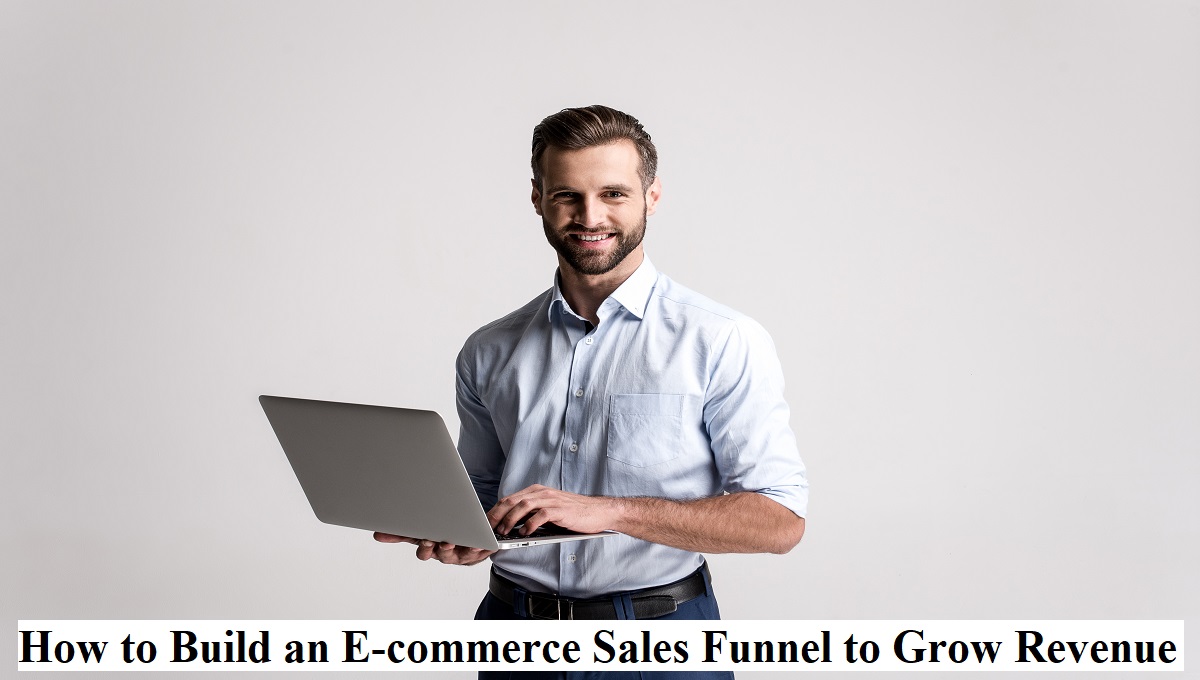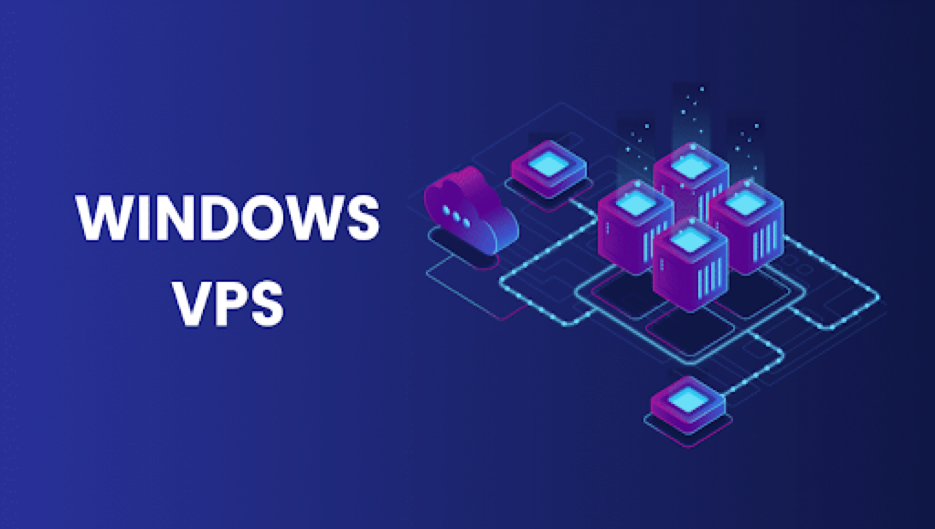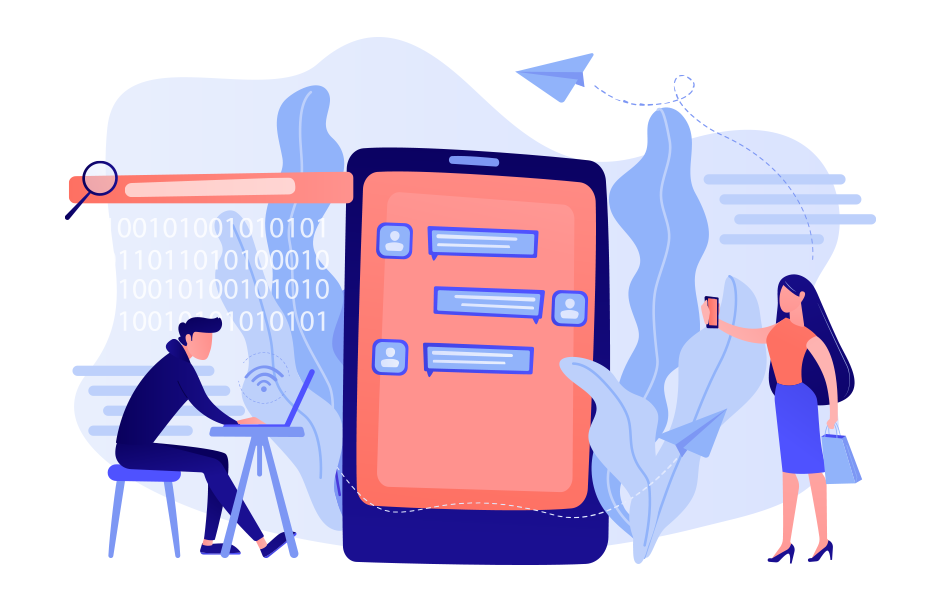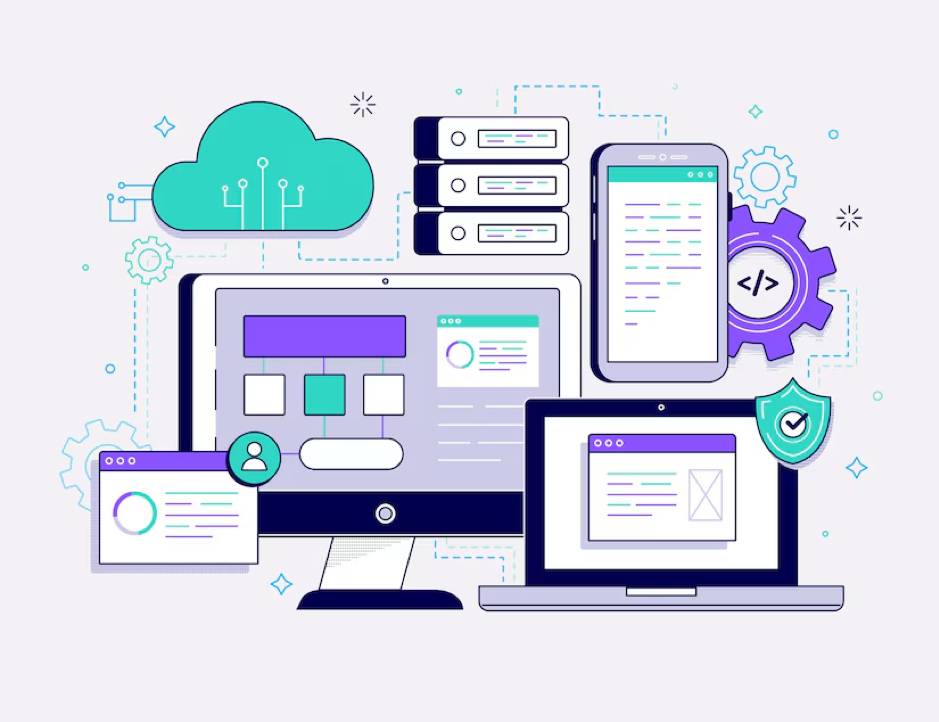Understanding the customer’s journey and e-commerce sales funnel can help you optimize your business’s online marketing strategies with the overall goal to increase the conversion rate and boost revenue.
The key to a successful sales funnel is to know how your prospects are moving through the e-commerce sales funnel and then use that information to optimize each stage for growing revenue.
A successful e-commerce optimization procedure that leads to building the sales funnel lies in knowing your potential customers well.
- Where are they in their buyer’s journey?
- What are their main problems?
- How can you solve those problems for them?
When you answer these questions, you’ll know how to convince potential buyers to take the next desired action.
Building an e-commerce sales funnel for your online store helps you map the buyer’s journey and identify what you need to do at each stage and grow revenue.
Whether your business is online or offline, you want to visit people to convert into buyers and spend lots of cash so you can make a profit. Nowadays this is normal. In the case of online business, people track information online, and sometimes they don’t act in the way you want. Here, you need a sales funnel, which eventually converts into genuine customers and brings more business to you. If you’re not aware of the functionality of an e-commerce sales funnel, here you will get to know about the e-commerce sales funnel.
What are the Stages of a Sales Funnel?
Your goal should be to optimize your marketing sales activities in each stage of the funnel to make sure that you carry as many users as possible to the next stage.
Here is the collapse of a sales funnel in stages:
- Stage 1: Awareness
- Stage 2: Interest
- Stage 3: Intent
- Stage 4: Action
Awareness. This is the first stage where customers get to know about your product and brand. In this stage, it is important to make them aware of exactly what you do and what your product is for. There are many ways to spread awareness and attract customers to your business like content marketing, digital advertising, social media, affiliate partnership, etc. Nowadays, there is no shortage of ways to advertise online, you can be using Google Ads or running an ad campaign on different social media platforms. At the top of the funnel, your prospects want to be educated and be guided through the topic that matters to them.
Interest. In this stage of the funnel, you are making the customers actually interested in your product once they’re aware of your service. You are no longer to deal with nameless or faceless clients. These customers or clients came to your online store through organic and paid channels, so you can opt for the advertising.
Intent. Now, this is an important stage of your sales funnel where your genuine buyers finally purchase the product. People came to your online business aware of your product and its functionality and are ready to buy and use. Your customer knows exactly what their needs, specific problems, and budget are before they go ahead to buy that product.
You can attract visitors when they make up their mind to go ahead with the final purchase and take action, your responsibility is to not hassle them while adding the product into the cart and completing transactions. Maybe they will add the product into a wishlist, in that case, you need to save the prospect at this stage of making the decision from possible interruptions and give them a kind “push” to complete the purchase.
Action. At this point, your checkout page is the last thing remaining between your customer and you. So, with this, you can turn them into loyal customers or lose them forever. Here you need to make your customer feel special for shopping on your site by sending a message of “Thank you”. To turn customers from your first buyer into loyal customers, you can use the power of free shipping and discounting or extra beneficial coupons for their next purchase.
Why is it Important to Build an Ecommerce Sales Funnel?
Sales funnels allow companies to visualize each step that prospects take on the path to conversion. Each step is a micro-conversion that can be optimized to increase conversions in the end. If one of these steps shows a higher-than-expected drop-off rate, it can be analyzed to see what’s wrong and test out possible improvements.
An e-commerce funnel bumps up your conversion rates and profit margins. The sales funnel helps you organize your sales process. It sends the right message at the right time. Directs your prospects on a journey that details their problems and presents the solution. An e-commerce funnel increases your revenue. It organizes your sales and helps increase your profits compared to without. You can retarget lost customers better with a personalized purchasing process.
Best Practices for Optimizing Your E-commerce Conversion Funnel
- Analyze and optimize website main pages;
- Analyze and optimize contact forms;
- Analyze and optimize checkout pages.
Final Thoughts
As a business owner, you can’t optimize your e-commerce conversion funnel if you don’t know how your visitors are experiencing the funnel as they move through it. Make a priority to understand your customers’ unique journeys through a combination of quantitative and qualitative analytics data. Learn what visitors love (and hate) about their experience on your site, their barriers to converting, and how they ultimately decide to make the move from visitor to customer. So, when you build your e-commerce conversion funnel, take into account the following:
- Identify your customer journey;
- Create the funnel stages;
- Define the point at which a visitor becomes a lead.
Getting to the point of figuring out your e-commerce conversion funnel takes a lot of introspection and research. All this hard work is for the sake of creating and maintaining a relationship with your customers. It’s a process that starts with awareness and ends with a thank you page.
We hope that you found this e-commerce conversion funnel article helpful. Let us know how we can help you on your journey of growth revenue.




